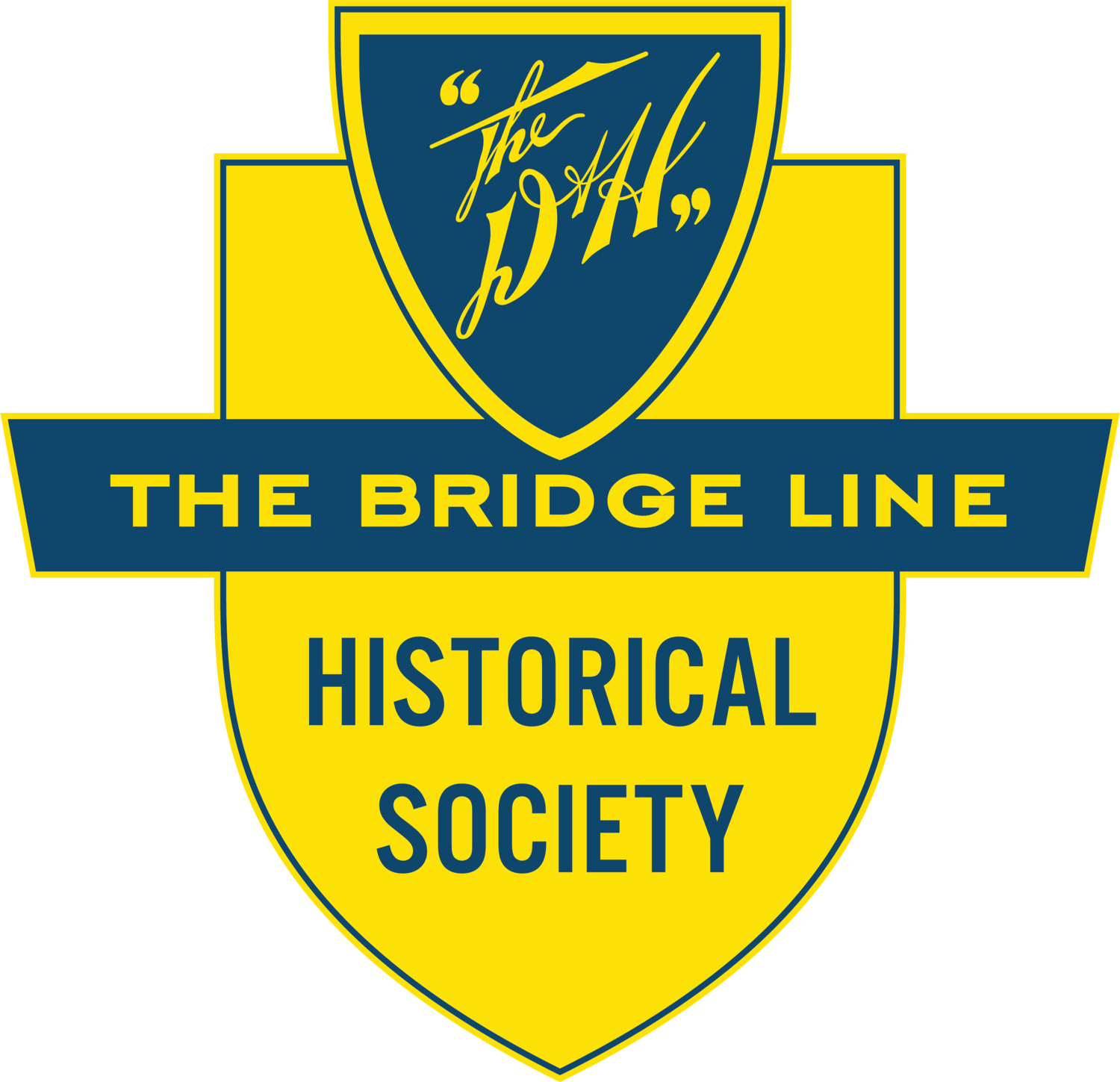The Baldwin Sharknose
by Jay Winn and John Shaw, edited by Rudy Garbely
all photos from the collection of Jay Winn
By 1939, Baldwin Locomotive Works had determined that the future of the railroad industry lay with diesel-electric locomotives. In increasing numbers, BLW started turning out diesel-electric engines, utilizing Westinghouse electronics and traction motors. Initial successes with their industrial and yard switchers led them to create the DRS-4-4-1500 (Diesel Road Switcher, 4 axles, 4 powered axles, 1,500 horsepower) in 1947. These met with limited success for Baldwin, and sales were soon dwarfed by the GP-7 from EMD.
Speaking to the mechanical failure of these Baldwin locomotives, NYC “Babyface” DR-4-4-15 #3803 had already been re-engined by EMD by the time this photo was taken.
With over 1,000 FT, F2, and F3 units sold, EMD had become the industry leader with their F-series engines. As such, EMD had dictated a certain design style for their engines. BLW’s competition for the F-series was their own cab unit road engine, a DR-4-4-1500 (Diesel Road, based on the earlier roadswitcher design). It had a bulldog nose like the EMD F-series, but was dubbed a “Babyface.” It was not very successful, and many railroads were unimpressed by its looks as well as its performance. At some point, BLW decided to stop emulating EMD and searched for a style that was their own.
The Pennsylvania Railroad was a big customer of BLW steam, but the BLW road diesels all sported the "Babyface" that only a mother could love. The PRR had several Baldwin “Centipedes” which were “Babyfaces,” but quickly moved them from passenger to freight service in deference to their appearance. On top of that, they were maintenance headaches, with all those wheels, multiple diesel engines per locomotive, and built one at a time like steam engines so each one was a bit different in the placement of wiring and equipment. The story became Baldwin plus “Babyface” equals problems, so BLW felt that they needed a new image if they were to continue to sell to one of their biggest customers.
A PRR T-1 at Harrisburg, PA.
BLW looked back in their history and fondly remembered the PRR T-1 4-4-4-4 Duplex locomotives, with their rakish look of speed and a relatively successful design that arrived too late to make a difference with diesels on the horizon. BLW went about adapting the T-1’s distinctive styling to a diesel.
PRR BP20 #5783 at Pittsburgh, PA.
The Baldwin DR-6-4-2000, a six-axle version of Baldwin’s road unit, had been in production since 1945 with the “Babyface”-style car body. In fact, the CNJ had double-enders of this type, complete with two “Babyfaces.”) BLW first applied the T-1 styling to this 2,000 horsepower passenger unit in 1948. The distinctive look was nicknamed a “sharknose” by BLW factory employees, and the name stuck. This locomotive became the BP20 passenger shark, the only A-1-A trucked sharks ever produced. The PRR bought 18 A-units and nine B-units, becoming the only buyer of the BP20.
BLW DR-4-4-1500 demo units.
Bolstered by this success, BLW then produced a four-axle freight model, basically a DR-4-4-1500 with a sharknose carbody. BLW had a demo set of these locomotives painted in an attractive red-and-white scheme. These demo units were later sold to the EJ&E, and ultimately became B&O A/B-units #4200/5200 and #4201/5201.The PRR bought 34 A-units and 34 B-units.
When the new 308A 1,600 horsepower diesel engine was introduced, BLW upgraded the DR-4-4-1500 into the RF16 (Road Freight, 1,600 horsepower. The B&O was a buyer of both shark DR-4-4-1500s and RF16s. The B&O RF16s finished out their career working from Pittsburgh to Rochester, NY. The sharks were worked to death and eventually all went to scrap. The PRR bought 96 RF16s. BLW made a tough lugging type of locomotive perfect for the PRR’s hilly terrain, even if they were still a bit of a maintenance headache. NYC bought 18 RF16 A-units and eight B-units, after acquiring several DR-4-4-1500 “Babyfaces.”
Monongahela RF16 #1216.
A few NYC refugees were traded in to GE, who sold them to Monongahela Railway (#1205, #1207, #1209, #1210, #1211 for parts, #1213, and #1216 along with B-units #3708 and #3709 for parts). There they were worked for another five years (from 1967 to 1972) hauling coal drags, a service for which they were well-suited. Eventually, attrition and hard work took their toll on these old locomotives, and by 1972, the Monongahela was down to just two serviceable units, #1205 (ex-NYC #3805) and #1216 (ex-NYC #3812).
The Monongahela sharks were all sold to a scrap dealer in 1972, but in 1974, the D&H purchased the two serviceable units (#1205 and #1216) from the dealer for $6,000 worth of scrap boxcars each (ironically, just what the Monongahela paid for them seven years earlier).
